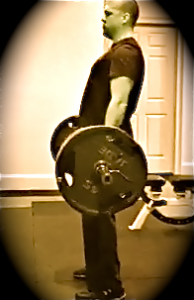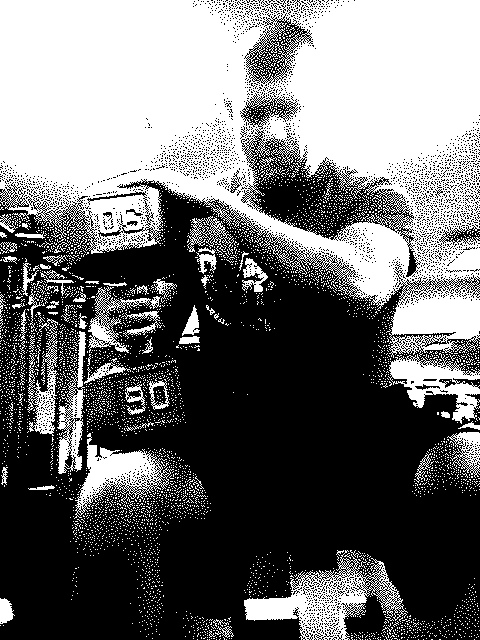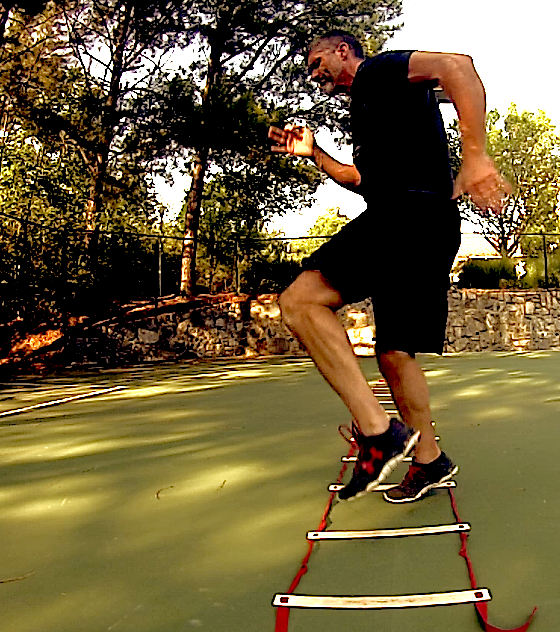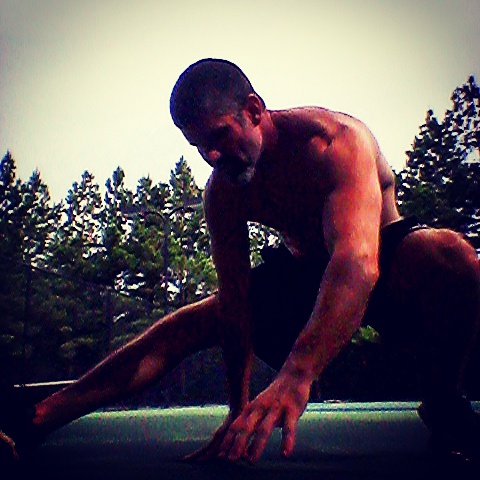
5 Ways To Protect Your Knees For Sport And Life
- Do you prioritize your training to protect your knees?
- Are you experiencing aches and pains in your knees that discourage your training?
- Do you have the confidence in your knees to perform during workouts and during sport competition?
If you want to protect your knees you’ve got to understand how to train your body based on how you function. Outside of a direct trauma related injury, or some unique medical condition there are several variables that can cause knee pain and instability. However most of these will have more to do with what you’re doing, or not doing in your training.
Protect Your Knees
In order to address some key areas of concern regarding your knee health you need to make sure you’re training smart. For most this all starts with your hips, glutes, hamstrings, and ankles.
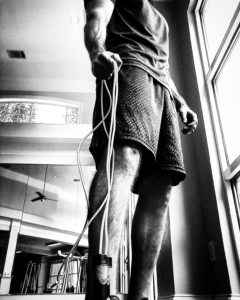
Make sure you protect your knees by utilizing a well designed functional fitness program. Jump on my 120 day program here. Just click the image above to get started!
Ok this is going to be fascinating, but if you’re experiencing knee discomfort it’s probably due to a lack of mobility in your hips, ankles, or both.
How can I deduct this? How did I come to this conclusion?
Well there are certainly exceptions to the rule, but then there is the rule! This is often due to what is known as the joint by joint approach.
Ok I’m about to drop some knowledge on you here so hold on. The joint by joint approach looks at your body (or skeleton) simply as a stack of joints.
In this model each of your joints alternate in function between mobility and stability. So just hang with me here and read carefully.
Let’s look at this starting with your ankle. You can circle your ankle clockwise, counter-clockwise, or press it up and down like a gas pedal. Your ankle is a mobile joint.
The next joint in line with your skeleton is your knee joint. Your knee joint only flexes and extends like door hinge. Thus your knee is a stability joint. Your knee isn’t meant to move in any other direction.
Your hips are the next joint in line and your hips are a ball socket joint designed to move in a 360 degree range of motion (ROM). You probably guessed it…your hips are a mobile joint.
Your low back, or lumbar is a stable joint. Your thoracic spine is mobile, your scapula is stable, your shoulder is mobile, your elbow is stable, and finally your wrist is mobile.
As you can see the function of mobility and stability alternates all the way up your skeleton. Each of your joints influences the next based on its function.
Now just hold on to that for a moment and I’ll reference all of this again in a second.
5 Ways To Protect Your Knees
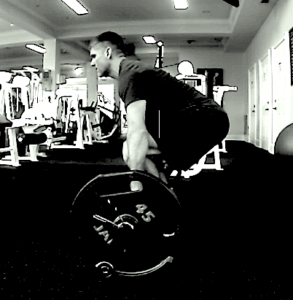
Protect your knees and build a strong back with a well designed and well balanced functional strength program. Start by clicking the image here above to get started!
So keeping everything I just said in mind how can you train to protect your knees? How can you alleviate knee discomfort and build confidence in the strength of your knees?
Well here are 5 ways to train to protect your knees, alleviate discomfort, and improve your overall function.
- Make sure your hips are mobile: If you have tight hips then you will experience knee discomfort. Remember the joint by joint approach in the previous section? Well, since your hips are mobile joints then the less mobile they are the less stable your knees will be! Perform a saddle stretch for your groin and the yoga pigeon pose for your abductors (outer hips).
- Make sure your ankles are mobile: Like your hips your ankles are also mobile joints so you need to make sure your ankles can move in a full ROM. For instance, if you can’t dorsiflex your ankle (think pulling your foot off the gas pedal) beyond 90 degrees then you won’t be able to perform a squat to full depth. This will cause you to compensate with another area of your body. Your knees will be less stable as a result.
- Make sure to stretch your glutes and hamstrings: Often times tight glutes and hamstrings will cause some knee discomfort. These muscles are susceptible to getting tight due to much of your lifestyle factors which involves excessive sitting, or standing for prolonged periods of time. Yes, I know you may be the exception to the rule…but remember “the rule” is still the rule.
- Make sure your glutes and hamstrings are strong: One sure fire way to bring on knee discomfort and even injury is muscular imbalance. If you happen to be very quadricep dominant and have a weaker posterior (glutes and hamstrings) then you are setting yourself up for knee problems. In fact, female athletes tear their ACL ligaments in non-contact injuries at a rate of 4 to 1 compared to male athletes. Much of this is due to muscular imbalance. You need to make sure your butt and hamstrings are strong.
- Train to move in all three planes of motion: One reason people experience knee injury is because they’re not proficient in moving in all three planes of motion. Typically people get dominant in the sagittal plane (front to back movement). However, they lack proficiency in the frontal plane (side to side movement) and transverse planes of motion (rotational movement). If you’re not already then you should be working with a training program that improves your ability to perform in all three of these planes.
Protect Your Knees: The Takeaway
At the end of the day if you’re experiencing knee problems it’s more than likely due to your training. This usually means you’re either lacking something, or not doing something well to address your body’s needs.
Which area mentioned here are you lacking with your training?
Are you experiencing problems with your knees?
Post up and share in the comments here below.
For a LIMITED TIME ONLY! Order my 120 Day Functional Fitness Plan and take advantage of my special discount bundle consisting of…
CLICK HERE TO ORDER MY 120 DAY PLAN TO POWERFUL FUNCTIONAL FITNESS!!!
It’s changing lives already!
5 Simple Ways To Measure Your Functional Fitness
3 Functional Strength Drills For Fitness And Performance
4 Guaranteed Ways To Get A Functionally Strong Body


